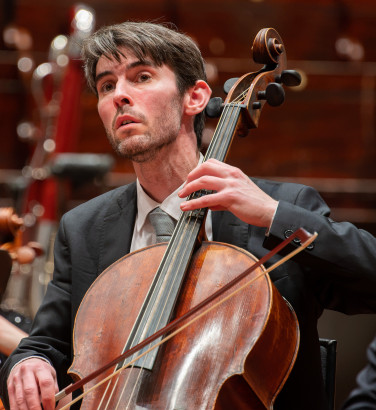
Grażyna Bacewicz: a quietly radical composer
11 Nov 2022
News Story
Though her name is hardly familiar to British audiences, the music of Grażyna Bacewicz continues to be frequently performed in her native Poland, where she is recognised as the first lady of Polish music.
Nearly thirty years younger than her teacher Karol Szymanowski (probably best known to Scottish audiences as the composer of the violin concerto which won Nicola Benedetti the title of BBC Young Musician in 2004), she moved away from his lush Romantic style to embrace the cleaner lines of neoclassicism in the 1930s. The leap to the more abrasive music of her near contemporary Witold Lutosławski would be unthinkable without her, and it is refreshing to see that she was recognised as an outstanding composer in her own lifetime, regardless of gender.
[Grażyna Bacewicz combined] the talents of the creator and the interpreter to a harmonic whole.
Born to a family of musicians in 1909, Bacewicz started composing in her teens and studied at the Warsaw Conservatory of Music, initially as a violinist and pianist. After further studies with Nadia Boulanger in Paris (perhaps the key woman in the history of 20th century music), she became leader of what is now the Polish National Radio Symphony Orchestra and, after World War II, was a violin professor at the State Conservatoire of Music in Łódź. She focused increasingly on composition from the 1950s: a prolific composer, she wrote extensively for the violin (including seven concertos), but also a large amount of chamber and incidental music.
Her Concerto for String Orchestra is among her most important works, winning a Polish State Prize in 1950 and going on to be performed worldwide. Described by an American critic as “vigorous, even virile … either conservatively modern or radically classical”, it is certainly a crowd-pleaser, a three-movement work pitched somewhere between the Baroque concerto grosso (which plays on the contrast between the main body of the orchestra and a small group of solo instruments) and what would become the symphony. The fast outer movements fizz with energy, contrasting with a more lyrical second movement, and the jaunty mood of the final Vivo (with a distinct touch of folk music to its themes) builds to a rousing finish.

